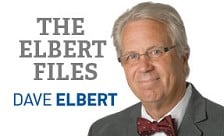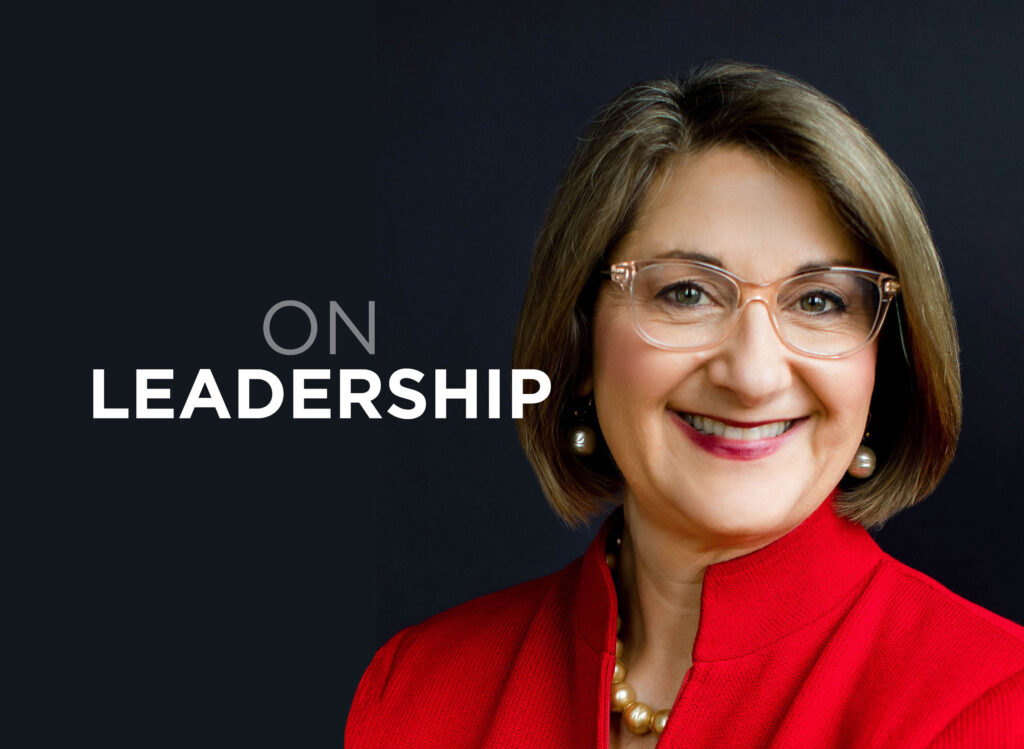The Elbert Files: Peregrine problem: Regulatory structure

The failure of Russell Wasendorf’s Cedar Falls-based Peregrine Financial Group Inc. is a disgrace of shameful proportions.
The $200 million missing from Peregrine is far less than the billons lost (or taken) by Bernie Madoff, MF Global’s Jon Corzine, or Jamie Dimon’s JPMorgan Chase & Co. traders. But the Iowa situation is, if possible, more shameful because of what it says about financial regulation in this country.
Wasendorf’s “scheme” is described in a U.S. District Court lawsuit filed Aug. 3 in Chicago by Peregrine customer Marcus Ibrahim as being so “brazen and blatant” that it “would have been easily detected upon even minimal investigation.” The suit goes on to say “none of the many parties who were in a position and under an obligation to detect the theft lifted a finger to do so.”
Ibrahim’s lawyers at the Chicago firm Cafferty Faucher are seeking class-action status for the suit, which also names as defendants Peregrine’s outside auditor, Veraja-Snelling Co., a one-woman firm based in the suburban Chicago home of its owner (talk about a giant red flag), and U.S. Bank, which customers believed held more than $200 million of their money, but which in fact had less than $10 million.
Wasendorf was Mr. Cedar Falls. He gave generously to the University of Northern Iowa and other local nonprofits, although it now turns out it wasn’t his money. He also helped prop up the local economy with his restaurants and the $18 million he spent to create a corporate campus.
For nearly two decades, Wasendorf was able to fool regulators with forged documents that he created using office equipment.
His blatant, long-running fraud is a good example of bad regulation.
I asked Iowa State University’s Neil Harl for some insight. Harl is an expert on agricultural law and the economy. He has spent decades teaching people in Russia and emerging nations the importance of the trust that is created through proper regulation.
“There’s been a reluctance over time,” said Harl, “to get very aggressive in terms of enforcing (financial rules). Peregrine is a pretty good example of that. They were bullied by the president of the company and did not want to cause a fuss within their agency,” the Commodity Futures Trading Commission.
Once discovered, such cases typically result in public hearings, where indignant elected officials propose new rules designed to prevent recurrences.
What those officials fail to understand is that often they don’t need new rules. What they need is people who can and will enforce the rules that are already on the books.
New rules rarely solve anything. All they do is give understaffed and undermotivated regulators an excuse not to go after the major violators.
Regulators who want to get ahead spend their time nickel and diming small business owners who have no intention of defrauding anyone, but who don’t have the resources to keep up with the ever-changing playbook of rules created by bureaucrats who need to convince their bosses that they are doing something.
Harl dates our regulatory decline to the efforts in the late 1970s to deregulate airlines. “The movement picked up steam in the 1980s and reached unbelievable proportions after 1994” with the idea that “markets are far superior to regulations in managing the economy,” he said.
After 2007-08, we know that’s not true, even though a lot of politicians still want to believe it.
The real danger now is that by not providing an adequate regulatory structure, we are slowly bleeding the life out of the economic system that made us into the world power that we are.







